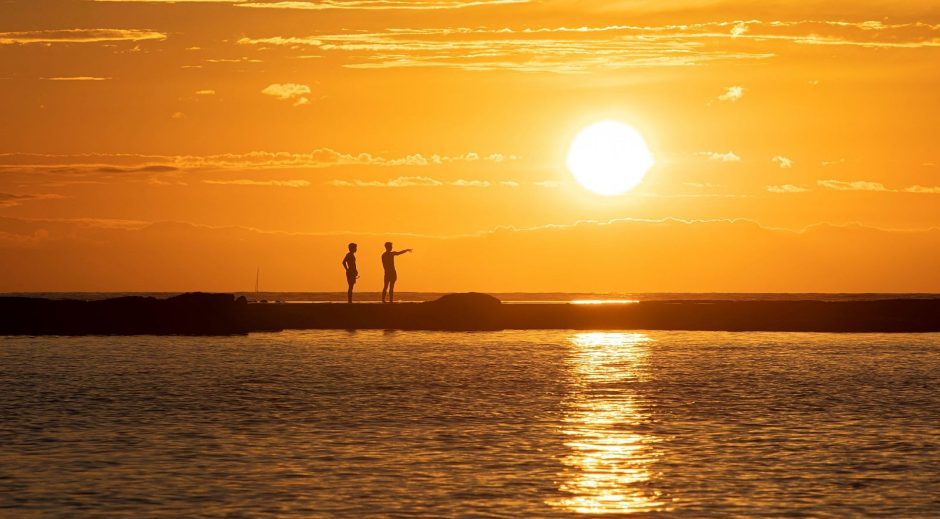
Havana, Jun 22.- The astronomical summer begins this June 21 in the northern hemisphere with an event called solstice, marking the longest day in which the Sun reaches its highest elevation on the horizon in 365 days.
During the summer season, which will extend to the autumn equinox on September 22, the days will have more hours of natural light, cause for celebration for millions of people who welcome these ideal days to vacation.
The word solstice emologieally derives from the Latin "solstitium," which means " still sun," and not only represents the longest day but also lives the shortest night of the year.
Earth has a solstice every six months, in June and December.
The solstices are the moments of the year when the Sun reaches its greatest excursion to the north or south relative to the celestial equator in the celestial sphere, and the duration of the day or night are the maximums of the year.
On June 20, the winter solstice officially occurred in the southern hemisphere, and in that place there is the longest night and the shortest day of the year due to the inclination of the earth axis that distances the southern hemisphere from the Sun.
And as north the warm temperatures invite you to go outdoors and swim on beaches and swimming, to the south its inhabitants live the coldest season, with coats, not a few icy landscapes, and carrying out activities typical of this annual time. (Text and Photo: Cubadebate)